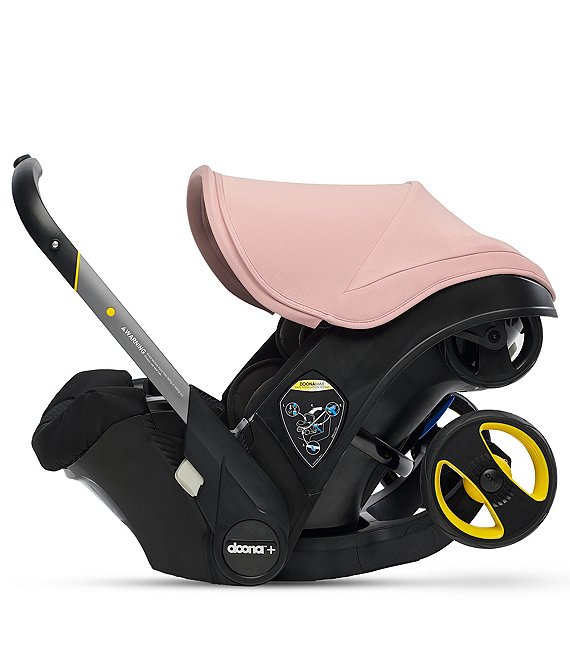As your little ones grow up, they need a car seat that fits them correctly. There are convertible car seats that shift and change with your child’s growth stages, or you can purchase a new car seat for every phase. Either way, the car seat needs to be easy to install and hold your child securely. No matter what stage your child is at, the best car seat is a properly installed car seat.
Infants to 3 years old: Babies and toddlers need to sit in a rear-facing seat until they reach the weight limit on the car seat. You can find convertible car seats that fit from infancy to 3 years old. Infant car seats have a shorter life span, fitting babies up to 12 months, while convertible models can fit older children up to 35 pounds (depending on the car seat model).
4 to 7 years old: Once your child reaches preschool age, they can typically sit in a forward-facing car seat. These seats generally fit kids from 40 to 60 pounds. When installing these seats, it’s especially important to fasten the top tether of your car seat to the vehicle’s seat. This can reduce head and neck injuries in case of a crash.
8 to 12 years old: This is typically when your child can transition from a forward-facing car seat to a booster seat. Depending on your child’s weight and height, they can use a belt-positioning booster or a backless booster seat. These seats are best for kids between 40 and 80 pounds and up to 4 feet 9 inches. See our recommendations for the best booster seats.
12 years and up: Until your kids are 13, the back seat is the best place for them to sit. Once your kiddos reach 4 feet 9 inches, they are generally big enough to use an adult seat belt in the back seat of your vehicle. This could be the back seat’s lap belt or lap and shoulder belt.

















